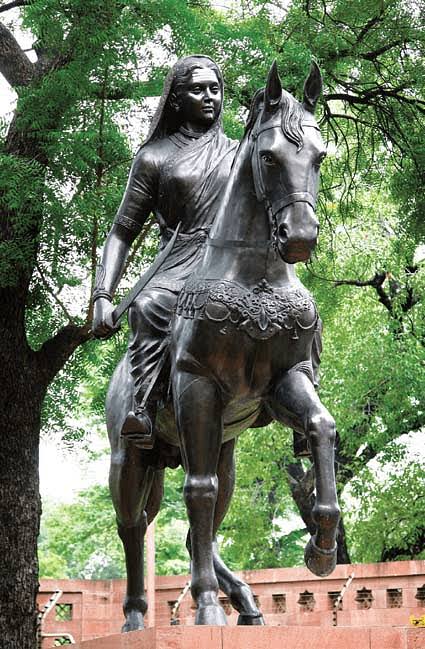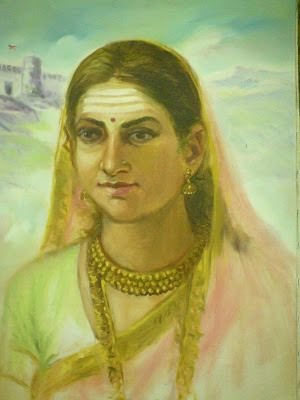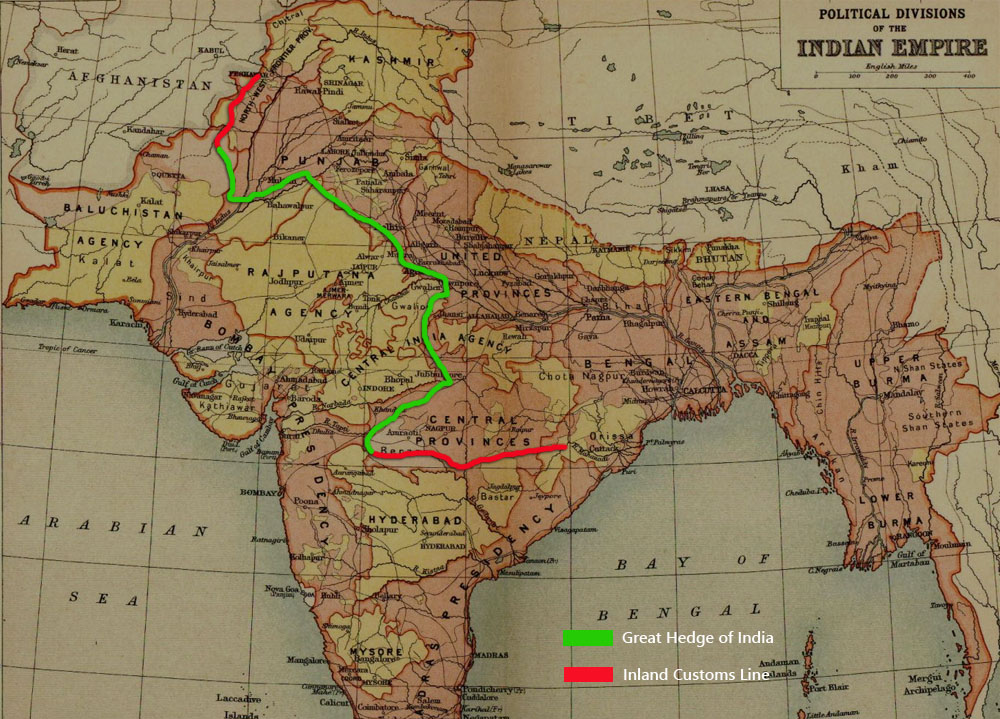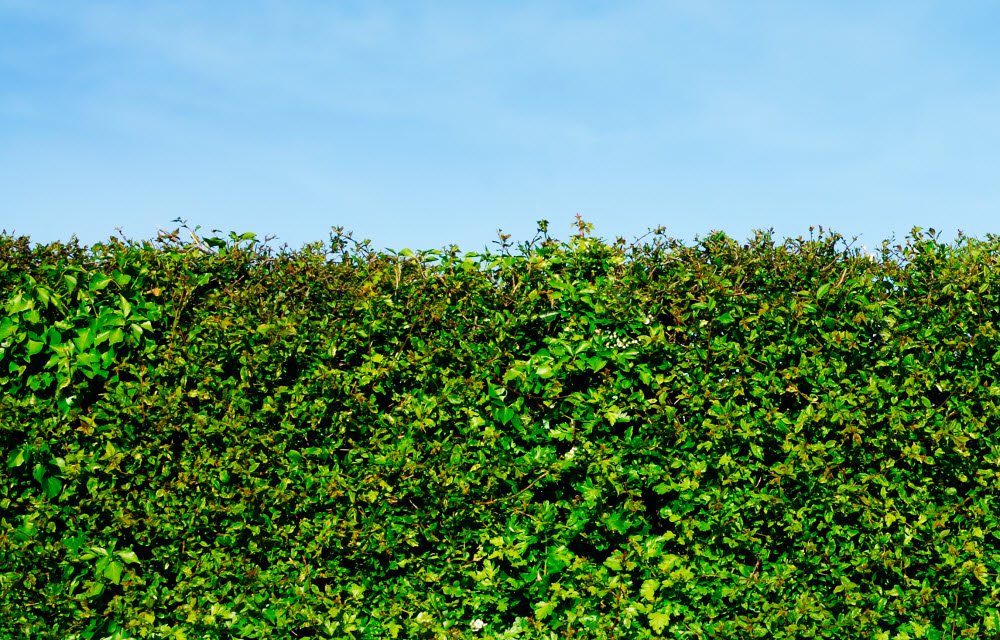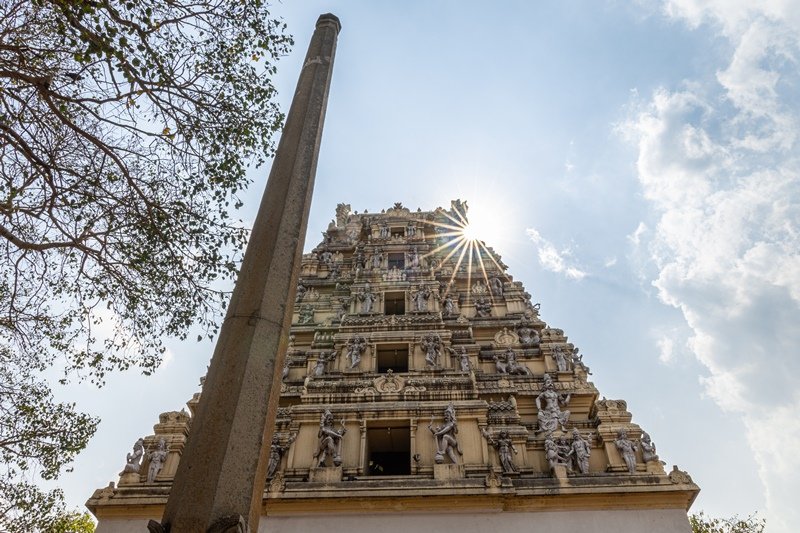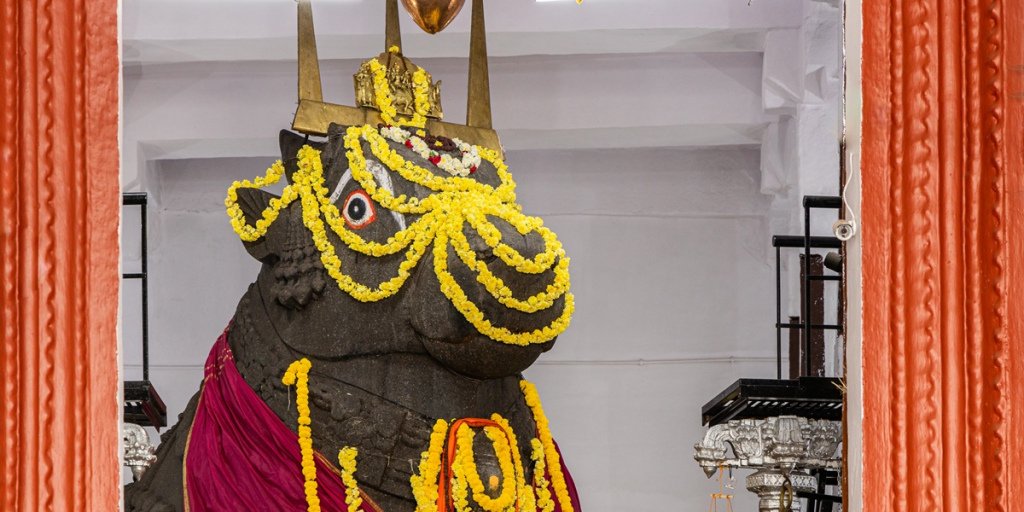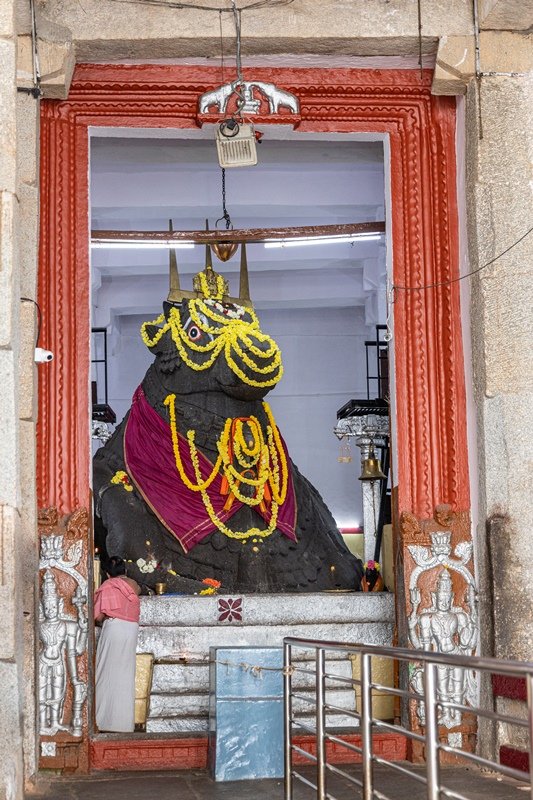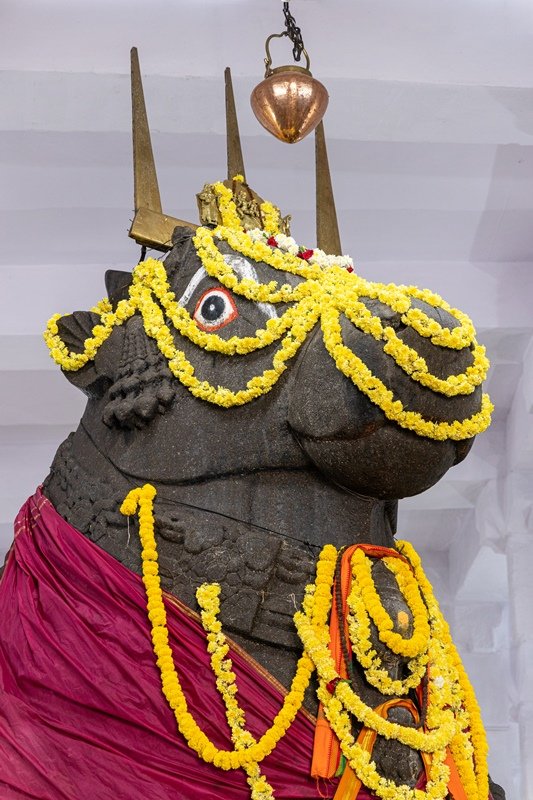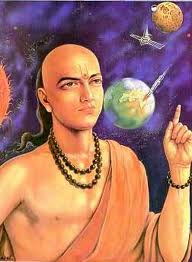
I am sure, you know about Mangal pandey, Bhagat singh and their great heroic sacrifice. But most of us doesn't even have heard about the Maruthu Pandiyar brothers, the rulers of Sivaganga kingdom.
On Oct 24,1801,they were publicly hanged to death at Tirupputhur fort by British.
On Oct 24,1801,they were publicly hanged to death at Tirupputhur fort by British.
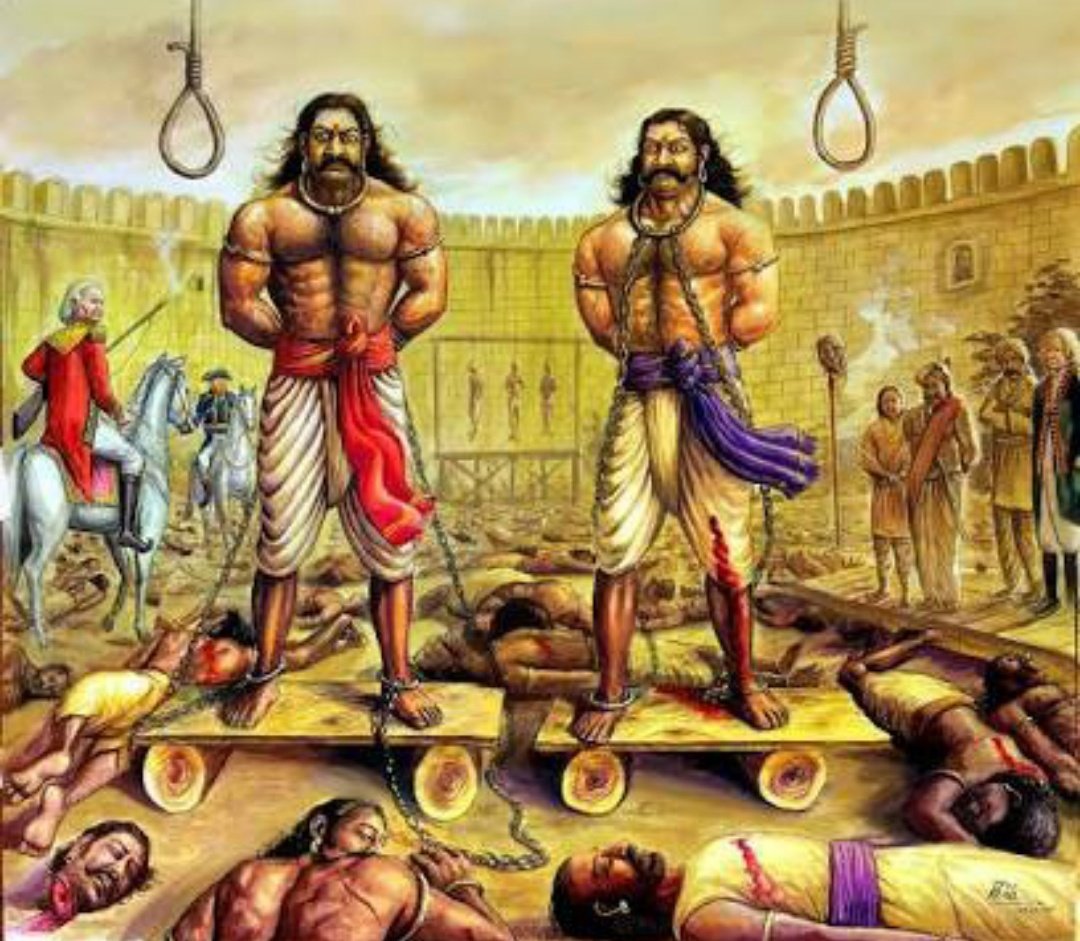
On October 24, 1801, along with maruthu brothers, their sons, their young grandsons, fellow rebels, commanders and servants, were publicly hanged to death at the Tirupputhur fort of southern #TamilNadu. supposedly from palmyra trees around the fort. 

With those mass executions, the British East India Company and its allies successfully put an end to a fierce rebellion by the Southern kingdoms of India – a revolt that is little remembered, and barely finds mention in history textbooks. Not even #NCERTS 

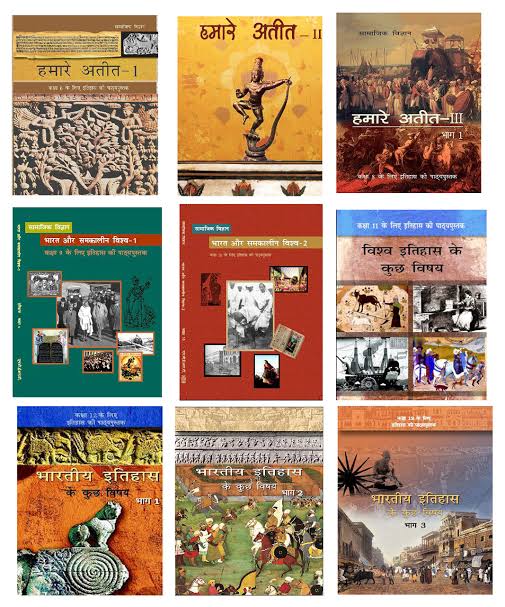

More than 50 years before the Sepoy Mutiny of 1857, the Maruthu Pandiyar brothers had led a concerted struggle against the oppressive practices of the British. On June 16, 1801, months before their death, the brothers issued a proclamation of independence from the Tiruchi fort,.. 

Maruthu brother's called for people of all castes and communities to unite their fight against European domination.( For the first time cutting accross caste,creed, religion etc, the rulers called the people to fight against EIC).
The First War of Independence 1800-1801.
The First War of Independence 1800-1801.
Maruthu brother's mortal remains were burried in Kalayarkoil temple of Sivaganga district. Every year till date,
a guru pooja is conducted on their death anniversary, in memory of their valour.

a guru pooja is conducted on their death anniversary, in memory of their valour.


Maruthu brother's (Periya Maruthu and Chinna Maruthu) parents served the second king of Sivaganga kingdom, Muthuvadaganatha Thevar. As children, the brothers worked in the palace as aides to the king, while they developed their skill in warfare and artillery alongside.
The English colonel James Welsh said.
"It was chinna Maruthu who first taught me to throw the spear and hurl the collery stick (valari), a weapon which is hardly known elsewhere". Maruthu brother's can throw it to a fixed target.
Valari is the boomerang of #TamilNadu

"It was chinna Maruthu who first taught me to throw the spear and hurl the collery stick (valari), a weapon which is hardly known elsewhere". Maruthu brother's can throw it to a fixed target.
Valari is the boomerang of #TamilNadu


• • •
Missing some Tweet in this thread? You can try to
force a refresh

